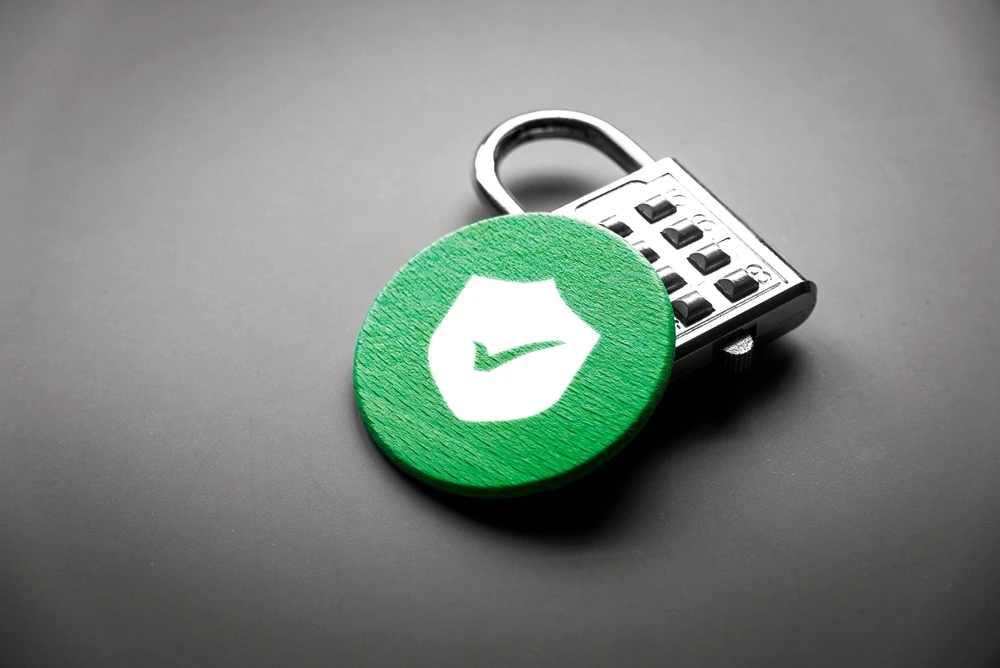Safeguarding online accounts and sensitive information is more crucial than ever. As cyber threats continue to grow, organizations must adopt advanced security measures to stay ahead of attackers. One of the most effective strategies is multi-factor authentication (MFA), a tool that adds extra layers of security to prevent unauthorized access. But as technology evolves, so must our security methods.

In this blog, we explore the future of MFA, discussing key trends, innovations, and challenges that will shape the next generation of cybersecurity.
Why Multi-Factor Authentication Is Essential in Cybersecurity
The reliance on passwords alone is becoming increasingly insufficient. With the growing frequency of data breaches and phishing attacks, MFA enhances security by requiring users to provide multiple forms of verification before granting access. MFA typically includes:
- Something you know (e.g., passwords or PINs),
- Something you have (e.g., a smartphone, security token),
- Something you are (e.g., biometric data like fingerprints or facial recognition).
This multi-layered approach is crucial in combating increasingly sophisticated cyberattacks. However, as threats evolve, so too must the technology behind MFA solutions.
The Rise of Biometric Authentication in MFA
One of the most notable trends in the future of MFA is the rise of biometric authentication. Biometrics involve verifying identity through unique physical characteristics, such as fingerprints, facial recognition, or even voice patterns. Unlike passwords, biometric data is much harder to replicate or steal, making it a more secure option for authentication.
In the coming years, biometric MFA will likely extend beyond common methods like fingerprints and facial recognition.
Future technologies may include identifying users by their heartbeat rhythms, vein patterns, or behavioral biometrics like typing patterns. These advancements will transform cybersecurity by providing more robust and user-friendly ways to authenticate.
However, the rise of biometrics brings privacy concerns. Unlike passwords, biometric data cannot be changed if compromised. Organizations must adopt strong encryption and storage solutions to protect users’ sensitive biometric information from potential breaches.
AI-Powered Adaptive Authentication: The Future of MFA
Artificial intelligence (AI) and machine learning (ML) are revolutionizing MFA through adaptive authentication. Instead of relying on static verification factors, AI-powered MFA analyzes contextual data, such as user behavior, device location, and past login patterns, to assess whether a login attempt is legitimate.
For example, if a user typically logs in from the same location but suddenly attempts access from a different country, AI-driven MFA can flag this as suspicious and require additional verification. This dynamic approach to authentication strengthens security by continually evaluating and adjusting to potential risks.
As AI technology becomes more sophisticated, adaptive MFA will play a critical role in the future of cybersecurity, offering proactive protection against emerging threats.
Key Challenges in the Future of MFA
Despite its many benefits, MFA faces several challenges that could slow its widespread adoption:
1. User Experience and Convenience
A common obstacle to MFA adoption is its impact on user experience. Traditional MFA methods, such as one-time passwords (OTPs) and authentication codes, can be cumbersome for users who have to repeat these steps frequently.
Future MFA systems must balance security with convenience to encourage greater adoption. Biometric authentication and passwordless options are promising solutions, but further innovations are needed to ensure a smooth, hassle-free experience.
2. Device Dependency
Many MFA systems depend on external devices, such as smartphones, for generating authentication codes or approving login requests. This reliance can cause problems if the device is lost, stolen, or otherwise unavailable. The future of MFA must address these issues by creating alternative verification methods and improving recovery mechanisms.
3. Slow Adoption in Certain Industries
While large organizations and tech companies have embraced multi-factor authentication, smaller businesses and non-tech industries have been slower to adopt these solutions. Concerns about cost, complexity, and lack of awareness can deter adoption, leaving smaller organizations vulnerable to cyberattacks. Increased education and simplified MFA tools will be key to driving wider adoption across all industries.
Regulatory and Compliance Requirements for MFA
As cyberattacks continue to increase, governments and regulatory bodies are tightening security requirements. MFA is already becoming mandatory in several industries, especially those handling sensitive data, such as finance, healthcare, and government.
Legislation like the General Data Protection Regulation (GDPR) in Europe and the California Consumer Privacy Act (CCPA) in the United States require businesses to implement strong security measures, and MFA is a key part of complying with these laws. As regulations become stricter, more industries will likely face mandatory MFA adoption, making it a critical component of cybersecurity strategy.
Conclusion: The Future of Multi-Factor Authentication in Cybersecurity
The future of multi-factor authentication is set to revolutionize how we approach cybersecurity, offering more secure and user-friendly solutions to the growing threats of the digital age. From the rise of biometrics and passwordless authentication to AI-powered adaptive systems, MFA will continue to evolve to meet these challenges.
While the road ahead presents hurdles such as user convenience, device reliance, and industry-wide adoption, staying ahead of the curve is essential. Businesses that prioritize advanced MFA solutions will be better equipped to safeguard their digital assets against a rapidly evolving threat landscape.
At SISAR, we are committed to helping organizations navigate these complexities with tailored cybersecurity solutions that include cutting-edge MFA implementations. As cyber threats grow more sophisticated, we provide the expertise and innovation needed to protect your business and secure your digital future.






